Stay updated on the latest education trends. Explore tools, strategies, and insights to keep your teaching and learning practices innovative.
Howdy, folks! Welcome to another in a series of periodic ed tech news roundups. We hope you enjoy this one, and if you have a story you’d like to see included, let us know.
Parental Responsibilities
Keeping open, continuous, and fruitful lines of communication with parents is vital for every educator. Technology, of course, can help — but teachers must always thoughtfully choose when and how to communicate with parents.
- ClassDojo is used in elementary and middle schools across the nation. It can be a useful mode of communication with parents, but some families argue that misuses of the technology can have negative consequences. [.coda]
- Meanwhile, a new report from the Center for American Progress argues that personalization, regardless of tech, is the most important factor in communicating with families. [Education Week]
Renewing the Science Classroom
Some science-learning activities are so common, they’re a part of culture: think of animal dissections, model volcanoes, or solar system mobiles. But even the old classics are being updated with modern tech.
- A California student wasn’t comfortable participating in her classes animal dissection, so she put together a team to test and evaluate digital alternatives. [Marin Independent Journal]
- You might remember rows and rows of heavy, blurry microscopes in your science classroom. Now, even traditionally underserved schools are getting a chance to test out ulta-high definition 4K microscopes. [t74]
Tech and Humanity
Empathy is a crucial learning skill and a central part of social-emotional learning. New tools are helping students tap into their humanity, even while digital tech changes the ways in which we interact.
- In an excerpt from her book, Kaitlin Ugolik Phillips delves into the vast amount of digital media kids are consuming — and how tech can complicate interpersonal communication and relationships. [Science Friday]
- In Malaysia, educators are looking for ways to use AR/VR technology to build empathy, along with other learning outcomes. [New Straits Times]
…And Finally
Schools can be a resource for an entire community. In Silver City, New Mexico, weekly math learning nights at Western New Mexico University opens the doors to parents and local and K-12 students alike, hoping to make math learning a fun, cooperative event. [Silver City Daily Press]
Photo: Gigi


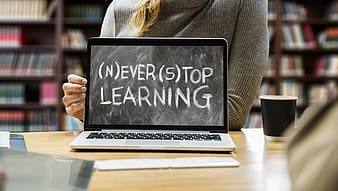



 You have probably already heard of Flipgrid and perhaps even started using it, at least to some degree. It definitely seems to be the perfect tool to support students in many ways, not to mention using it as a way to provide peer- and content-support to teachers.
You have probably already heard of Flipgrid and perhaps even started using it, at least to some degree. It definitely seems to be the perfect tool to support students in many ways, not to mention using it as a way to provide peer- and content-support to teachers. 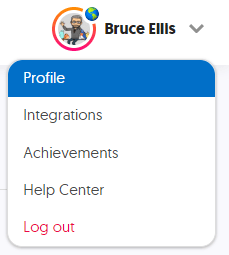 Begin by making sure that your profile is updated. Don’t be shy. This will allow others to better connect with you. Click on your image in the top right and select Profile. Select a photo or avatar for your profile picture. If you have a picture that has a busy background or you want to use a quick editing tool to remove the background (as I did on my
Begin by making sure that your profile is updated. Don’t be shy. This will allow others to better connect with you. Click on your image in the top right and select Profile. Select a photo or avatar for your profile picture. If you have a picture that has a busy background or you want to use a quick editing tool to remove the background (as I did on my 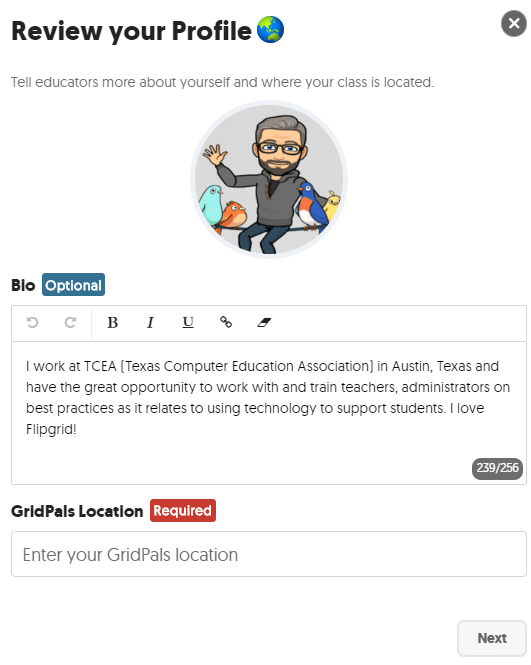 GridPals is, as you may have deduced, Flipgrid’s version of pen pals. It’s a super easy way to connect with other educators and enthusiasts to further learning and improve education.
GridPals is, as you may have deduced, Flipgrid’s version of pen pals. It’s a super easy way to connect with other educators and enthusiasts to further learning and improve education. 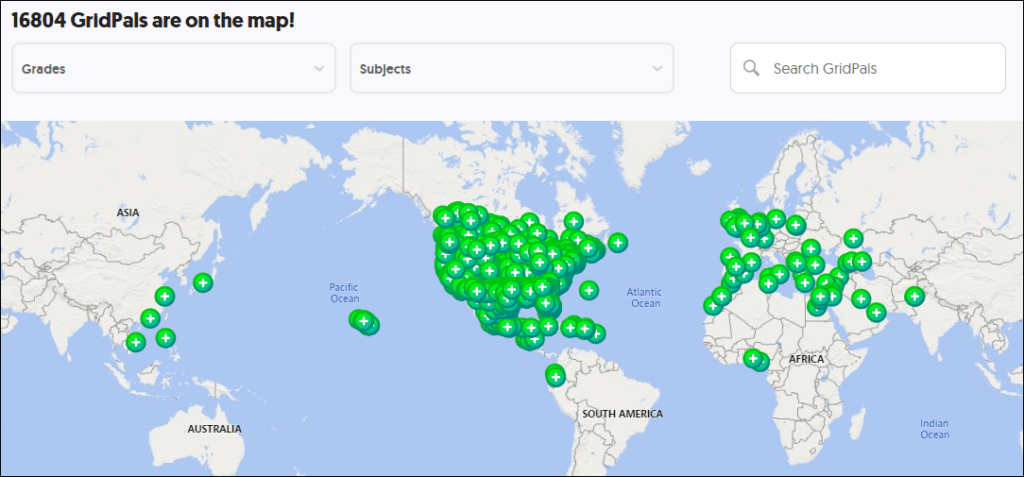
 Featured Disco Playlists are sets of topic templates provided by various organizations such as
Featured Disco Playlists are sets of topic templates provided by various organizations such as 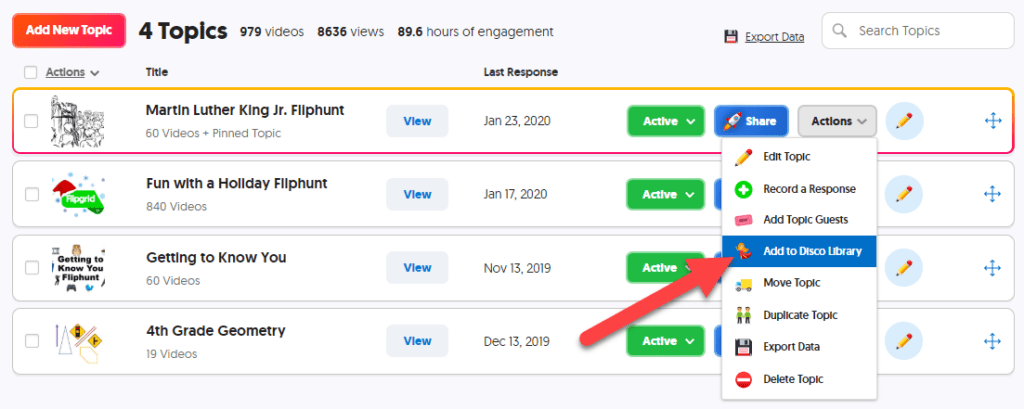
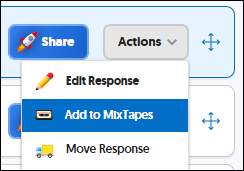 No, this isn’t creating mixtapes on cassettes like we might have done back in the ’80s and ’90s to give to someone special. This is a whole new way of sharing — but based on the same principle.
No, this isn’t creating mixtapes on cassettes like we might have done back in the ’80s and ’90s to give to someone special. This is a whole new way of sharing — but based on the same principle. 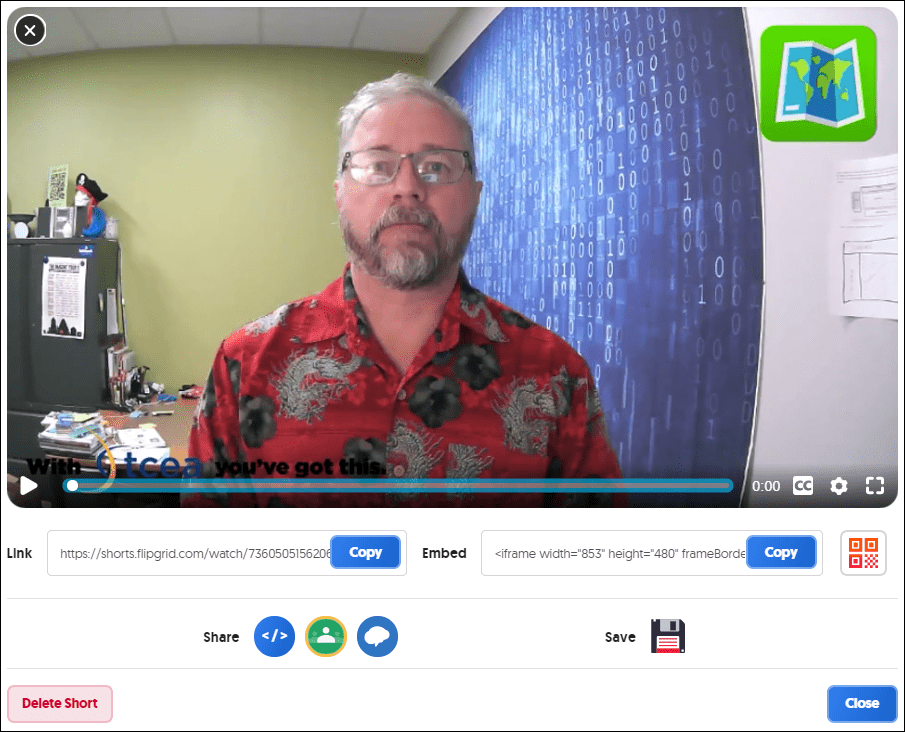
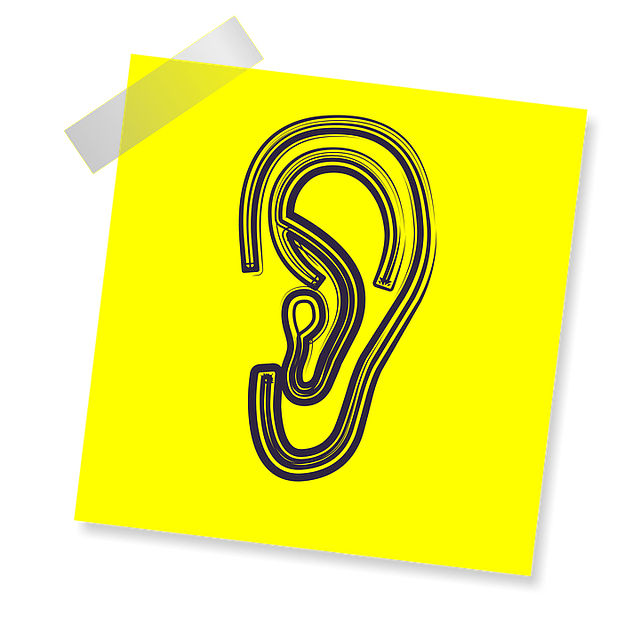 So how do you use Flipgrid? Which feature(s) have you found to be the most impactful? Even if you haven’t had a chance to use Flipgrid, have you come across an innovative way to incorporate it in the teaching and learning process or in professional development? We’d love to hear from you!
So how do you use Flipgrid? Which feature(s) have you found to be the most impactful? Even if you haven’t had a chance to use Flipgrid, have you come across an innovative way to incorporate it in the teaching and learning process or in professional development? We’d love to hear from you! 


